99417 results in Open Access
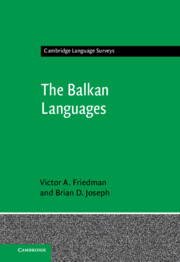
The Balkan Languages
- Coming soon
-
- Expected online publication date:
- February 2025
- Print publication:
- 28 February 2025
-
- Book
- Export citation
Local Peace, International Builders
- How UN Peacekeeping Builds Peace from the Bottom Up
- Coming soon
-
- Expected online publication date:
- January 2025
- Print publication:
- 31 January 2025
-
- Book
- Export citation
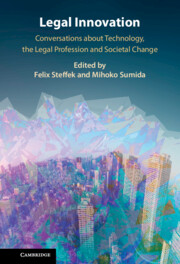
Legal Innovation
- Conversations about Technology, the Legal Profession and Societal Change
- Coming soon
-
- Expected online publication date:
- January 2025
- Print publication:
- 30 November 2024
-
- Book
- Export citation
Critical Perspectives on Data Access for Research
- Coming soon
-
- Expected online publication date:
- January 2025
- Print publication:
- 01 March 2026
-
- Book
- Export citation
Feminist Judgments: Reimagining the International Criminal Court
- Coming soon
-
- Expected online publication date:
- January 2025
- Print publication:
- 30 November 2024
-
- Book
- Export citation
The Welfare Workforce
- Why Mental Health Care Varies Across Affluent Democracies
- Coming soon
-
- Expected online publication date:
- January 2025
- Print publication:
- 31 January 2025
-
- Book
- Export citation
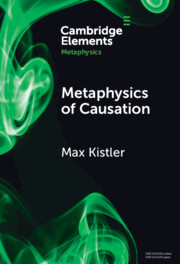
Metaphysics of Causation
- Coming soon
-
- Expected online publication date:
- January 2025
- Print publication:
- 31 October 2024
-
- Element
- Export citation
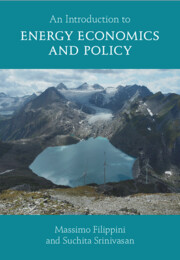
An Introduction to Energy Economics and Policy
- Coming soon
-
- Expected online publication date:
- December 2024
- Print publication:
- 31 October 2024
-
- Book
- Export citation
The Concept Design of a Twenty-First Century Preferential Trade Agreement
- Trends and Future Innovations
- Coming soon
-
- Expected online publication date:
- December 2024
- Print publication:
- 01 March 2026
-
- Book
- Export citation
The Making of an International Investment Facilitation Framework
- Legal, Political and Economic Perspectives
- Coming soon
-
- Expected online publication date:
- December 2024
- Print publication:
- 30 November 2024
-
- Book
- Export citation
The Cambridge Handbook of Hydrogen and the Law
- Coming soon
-
- Expected online publication date:
- December 2024
- Print publication:
- 31 December 2024
-
- Book
- Export citation
Sub-Patent Innovation Rights
- Utility Models, Petty Patents and Innovation Patents Around the World
- Coming soon
-
- Expected online publication date:
- December 2024
- Print publication:
- 30 November 2024
-
- Book
- Export citation
Love and Violence in Sierra Leone
- Mediating Intimacy after Conflict
- Coming soon
-
- Expected online publication date:
- December 2024
- Print publication:
- 31 October 2024
-
- Book
- Export citation
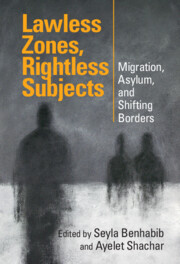
Lawless Zones, Rightless Subjects
- Migration, Asylum, and Shifting Borders
- Coming soon
-
- Expected online publication date:
- December 2024
- Print publication:
- 31 December 2024
-
- Book
- Export citation
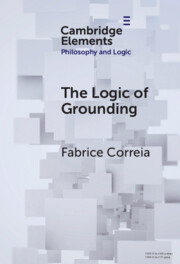
The Logic of Grounding
- Coming soon
-
- Expected online publication date:
- December 2024
- Print publication:
- 31 October 2024
-
- Element
- Export citation
Insurgent Cultures
- World Literatures and Violence from the Global South
- Coming soon
-
- Expected online publication date:
- December 2024
- Print publication:
- 31 October 2024
-
- Book
- Export citation
Governing Misinformation in Everyday Knowledge Commons
- Coming soon
-
- Expected online publication date:
- December 2024
- Print publication:
- 31 December 2024
-
- Book
- Export citation
Bus Station Hustle
- Transport Work in Urban Ghana
- Coming soon
-
- Expected online publication date:
- December 2024
- Print publication:
- 31 October 2024
-
- Book
- Export citation
Digital Sovereignty in the BRICS Countries
- How the Global South and Emerging Power Alliances Are Reshaping Digital Governance
- Coming soon
-
- Expected online publication date:
- December 2024
- Print publication:
- 30 November 2024
-
- Book
- Export citation
E-books and ‘Real Books’
- Digital Reading and the Experience of Bookness
- Coming soon
-
- Expected online publication date:
- December 2024
- Print publication:
- 31 December 2024
-
- Book
- Export citation

